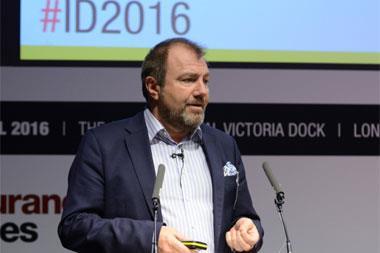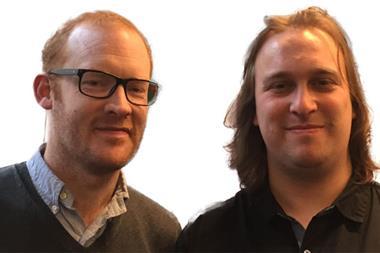Conduit Data Services chief data officer Simon Spyer on how ‘design thinking’ can lead to really understanding customers

True and lasting innovation can only happen at the intersection of technology, marketing and consumer need.
In a commoditised sector like insurance, which has seen an explosion in customer touch-points and communication channels, delivering consistent and personal customer experiences is a competitive advantage and one that maximises customer value.
The role of marketing has always been to understand the customer so well that the product sells itself. Indeed, the opportunity has never been greater, with the proliferation of data and the unprecedented ability to quickly test, learn and gain real customer feedback at low cost.
But few marketers are realising this opportunity.

It’s difficult to know where to start, the data needed is fragmented and difficult to integrate and customer experience stretches well beyond the remit of many marketers.
Too often, marketing becomes a by-word for communications, the critical process of really understanding customers and prospects simply doesn’t happen and the opportunity to build more emotional and lasting connections with customers are prospects is missed.
Those who build these connections will disrupt the industry.
We use design thinking as a process that can lead you there.
Design thinking is a human-centered approach to innovation that draws from the designer’s toolkit to integrate the needs of people, the possibilities of technology, and the requirements for business success.”
Tim Brown, president and chief executive of IDEO
Its emphasis is on understanding consumer needs across the customer journey (or through the sales funnel) and it allows marketers to plan how to continuously deliver positive experiences from a deep understanding of customers.
The good news is that:
• It is feasible: The data and technology exists and only require light integration to support design thinking.
• It is viable: It works commercially because marketers should be investing in activities that maximise customer value.
• It is desirable: It reflects consumer needs by recognising what matters to people and that relationships build loyalty and customer satisfaction.
There is a practical five-step process to make design thinking a reality for your business.
1. Who are we enhancing experience for?
Segmentation is a powerful tool for planning and targeting campaigns but it isn’t a perfect tool for understanding the needs and attitudes of customers and finding commonality. Instead, build personas and use these.
2. What do your customers want to achieve?
This is a key innovation step as it is where you focus on the needs, pains and gains of your customers or future customers and build your value proposition – the products and services that you could offer, the pain relievers and gain creators.
3. Where does the experience start and end?
Map the customer journey and identify the moments of truth – these are the interactions with your products and services that will create or destroy most value for your customers and allow you to sort true innovations from incremental service improvements.
4. How will we deliver the experience?
At this point you can start to define the data, technical and measurement requirements and estimate the cost:benefit of your innovation.
5. What will we do and when?
Prioritise and quantify the benefits, test, measure and optimise your innovation.
The opportunity, tools and insights to deliver customer-centric innovation exist like never before. The brands that leverage these assets through this simple process to combine customer needs with marketing nous and technical delivery will deliver true and lasting innovation.
Hosted by comedian and actor Tom Allen, 34 Gold, 23 Silver and 22 Bronze awards were handed out across an amazing 34 categories recognising brilliance and innovation right across the breadth of UK general insurance.














































No comments yet